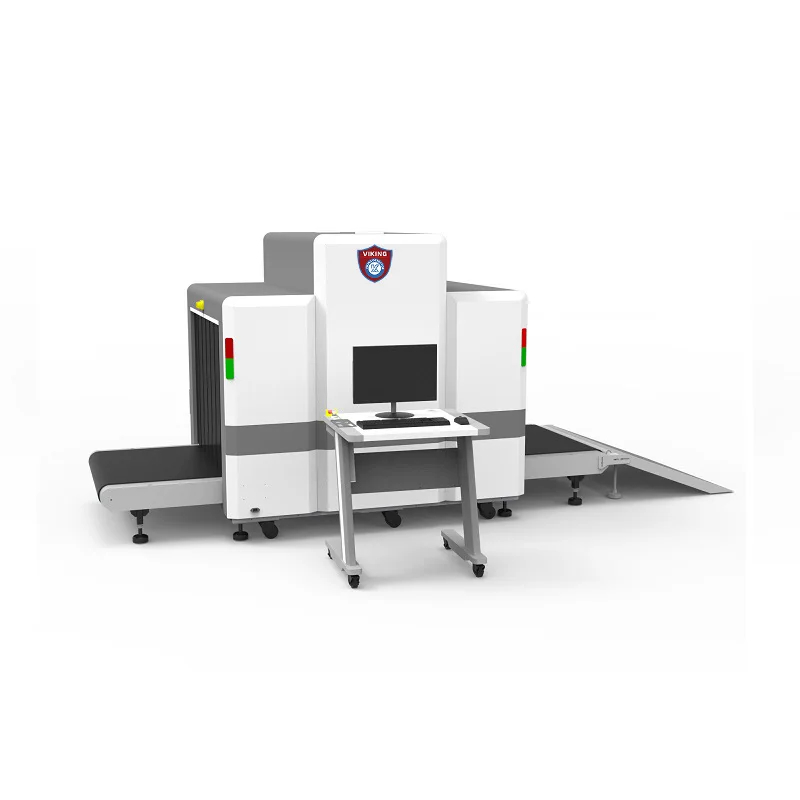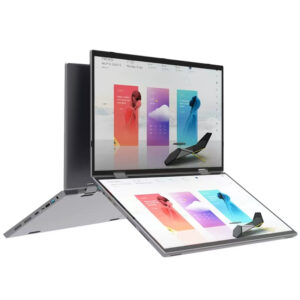Product Description
Types of x ray baggage scanners
luggage, packages, and cargo for security and safety purposes. These scanners employ X-ray technology to create detailed images of
the items being scanned, revealing their internal structures. Here are several types of X-ray baggage scanners commonly used in
various settings:
### 1. **Single-Energy X-ray Baggage Scanners:**
– **Description:**
– Use a single energy level for X-ray penetration.
– Suitable for basic screening applications.
– **Applications:**
– Airports, train stations, and other locations where a fundamental level of security screening is required.
– **Advantages:**
– Cost-effective.
– Efficient for routine screening.
### 2. **Dual-Energy X-ray Baggage Scanners:**
– **Description:**
– Utilize two energy levels for X-ray penetration.
– Provide enhanced material discrimination.
– **Applications:**
– Airports, government buildings, and high-security facilities where more advanced screening is necessary.
– **Advantages:**
– Improved detection of organic and inorganic materials.
– Reduced false alarms.
### 3. **Multi-View X-ray Baggage Scanners:**
– **Description:**
– Capture images from multiple perspectives.
– Enhance the ability to view objects in three dimensions.
– **Applications:**
– Airports, customs facilities, and critical infrastructure locations.
– **Advantages:**
– Improved visibility and object recognition.
– Better detection of complex and densely packed items.
### 4. **Backscatter X-ray Baggage Scanners:**
– **Description:**
– Use low-intensity X-rays to create images based on the scattering of X-rays.
– Highlight organic materials and provide detailed images.
– **Applications:**
– Airports and locations where enhanced detection of organic materials is crucial.
– **Advantages:**
– Effective for identifying drugs, explosives, and other organic threats.
– Lower radiation exposure compared to traditional X-ray scanners.
### 5. **CT Computed Tomography X-ray Baggage Scanners:**
– **Description:**
– Employ computed tomography technology for three-dimensional imaging.
– Provide detailed cross-sectional images of scanned items.
– **Applications:**
– High-security environments such as government buildings, critical infrastructure, and customs facilities.
– **Advantages:**
– Exceptional imaging capabilities for accurate threat detection.
– Improved object recognition and material discrimination.
### 6. **Mobile X-ray Baggage Scanners:**
– **Description:**
– Mounted on mobile platforms for flexibility in deployment.
– Can be used for screening vehicles, containers, and luggage at various locations.
– **Applications:**
– Border crossings, event venues, and temporary security checkpoints.
– **Advantages:**
– Easily transported to different locations.
– Provides on-the-go security screening capabilities.
### 7. **Compact and Lightweight X-ray Baggage Scanners:**
– **Description:**
– Designed for portability and ease of use.
– Suitable for locations with space constraints.
– **Applications:**
– Hotels, smaller government buildings, and facilities with limited space.
– **Advantages:**
– Compact design for easy installation.
– Maintains efficient screening capabilities in constrained environments.
### 8. **Automatic Threat Recognition ATR X-ray Baggage Scanners:**
– **Description:**
– Utilize artificial intelligence and algorithms for automatic detection of potential threats.
– Reduce reliance on human operators for threat identification.
– **Applications:**
– Airports, high-security facilities, and locations with a high volume of baggage screening.
– **Advantages:**
– Accelerates the screening process.
– Enhances overall security effectiveness.





Reviews
There are no reviews yet.